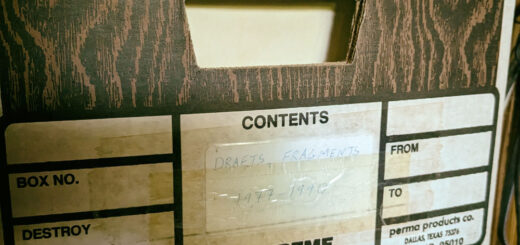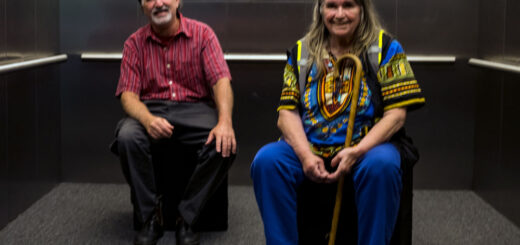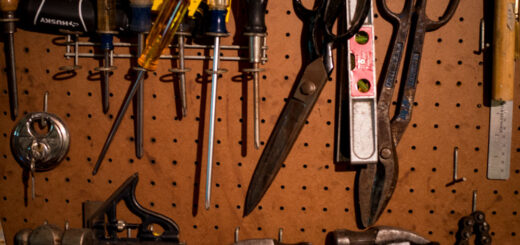The Course of Empire
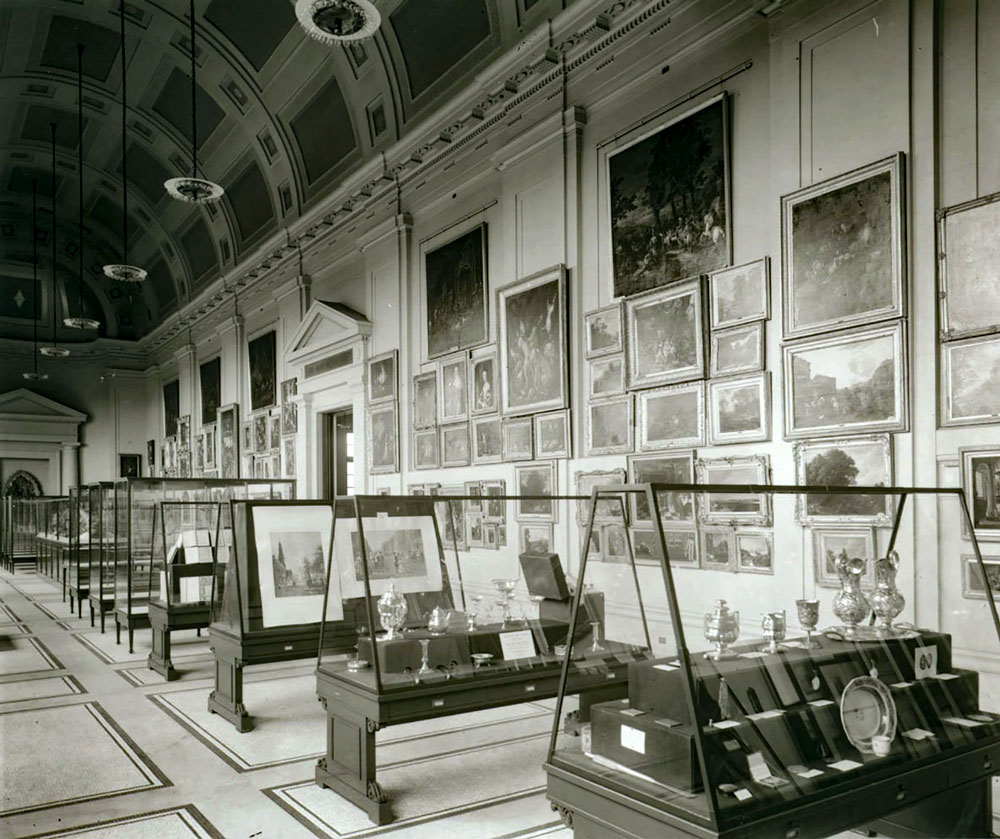 When I was a kid growing up in New Jersey, I spent a lot of time dreaming of escape to the Land of Rip Van Winkle. I didn’t have a car or any easy way of getting to the mountains, so instead I took the bus into the city and made my way to the New-York Historical Society. They had one of the larger collections of Hudson River School paintings to be found anywhere.
When I was a kid growing up in New Jersey, I spent a lot of time dreaming of escape to the Land of Rip Van Winkle. I didn’t have a car or any easy way of getting to the mountains, so instead I took the bus into the city and made my way to the New-York Historical Society. They had one of the larger collections of Hudson River School paintings to be found anywhere.
In those days, the New-York Historical Society showed all the marks of genteel decay. The building was a neglected architectural monument developers hadn’t gotten around to tearing down yet. That was one reason I liked the place so much—it was so unwelcoming, in a good old-fashioned New York kind of way. The main picture gallery occupied the entire front portion of the building along Central Park West. You walked inside and were confronted with hundreds of paintings hung in haphazard salon-style, one on top of another, up to the vaulting shadows of the ceiling. This presentation of artwork made no sense, at least by today’s curatorial standards, but I didn’t mind: I was there to enjoy the atmosphere, the beauty of bygone American scenes still gleaming through those nearly-forgotten canvases. Often I was the only visitor in that haunted house of unfashionable art.
In the mid-1970s, I moved away from the New York area. Decades passed before I returned for another visit to the New-York Historical Society. That was in 2014. By then things were very different. On the outside, the building—despite a recent facelift designed to provide additional “street presence”—still looked more like a federal bank than a museum. But on the inside everything had been renovated utterly—the galleries, the auditorium, the whole layout of the place. It looked like a brand new institution, this New-York Historical Society, and it was packed with visitors. Not a happy prospect for a connoisseur of desuetude such as myself.
The old picture gallery had been transformed into a dazzling, state-of-the-art lobby, a space in which George Lucas would be happy to display his Star Wars memorabilia. Maybe he already had. The musty auditorium had been replaced with a swanky theater, wherein you were to enjoy “a multimedia film experience exploring New York’s rise from a remote outpost to a city at the center of the world.” More significantly, visitors no longer came out of there smelling like they spent the afternoon in a grindhouse. The basement had been made over into a children’s museum, where visitors might “explore 300 years of New York and American history through the eyes and lives of children of the past!” Ah history! The basement of the New-York Historical Society was now the place to become like little children.
I headed upstairs to the Henry Luce III Center for the Study of American Culture on the fourth floor. I must confess, I enjoyed my visit. Early in the 21st century this part of the museum was renovated into a vast “visible storage” area. Visitors were encouraged to wander around and “interact” with thousands and thousands of objects from the museum’s collection, put on display with no fanfare, no curatorial cues, no interpretive signage. It felt like poking around in grandma’s attic, except in this case grandma was New York, and she had a lot of stuff up there.
I had the good fortune that afternoon of being the only visitor to the fourth floor. It was like stumbling upon a little remnant of the old New-York Historical Society, only now it was climate-controlled and the paint wasn’t peeling off the walls. First thing I encountered when I entered the space was a mid-nineteenth century tombstone. Do not fear, it was under protective glass. I got past that and was able to browse through a wide variety of antique sculpture, furniture, textiles, Tiffany lamps, and metal Band-Aid boxes. The most unsettling historical object—for me anyway—was an endlessly looping video of Madonna playing on an overhead monitor, singing “Dress You Up.” Her voice was drifting like the ghost of 1985 into every dim recess of the Luce Center, including the out-of-the-way corner where they were storing one of my favorite works of art: The Course of Empire by Thomas Cole.
This series of five large canvases was painted between 1833 and 1836. It gives expression to a theme that preoccupied Cole in his later years: a fear that America was on the fast track toward becoming an empire of greed, hate, and delusion, leading to inevitable destruction. The titles of the individual paintings convey in words what pigments depict on the canvases: “The Savage State”; “The Arcadian or Pastoral State”; “The Consummation of Empire”; “Destruction”; and “Desolation.” Desolation! Call me morbid, but I have always been drawn to the culminating painting in the series. It’s a quiet scene that invites the viewer in to wander around and inspect the crumbling ruins of a human world—an experience much like visiting the fourth floor of the New-York Historical Society.
As I stood there in front of “Desolation” in its glass sarcophagus, the ghost of 1985 was crooning softly in my ear: Gonna dress you up in my love, all over, all over. For all I knew, this pale warbling was intended by the curators to continue on into eternity. Or at least until the power runs out, the TV goes dark, and history comes to end.
But no, that’s not what happened.
As it turns out, the New-York Historical Society completed a 35 million dollar overhaul in 2017, which pretty much eliminated the visible storage space on the fourth floor. It was replaced with a smorgasbord of immersive and interactive technologies designed “to dazzle our multiple and varied audiences.” Not everybody was happy with these upgrades to the museum. One writer lamented that the new fourth floor was now little more than “a sizzle reel of teachable moments.”
As for that browsable treasure trove of historical curiosities that once filled this vast space, the majority of them have been shipped away offsite, to a nonvisible storage facility in New Jersey, which permits neither visitors nor warbling.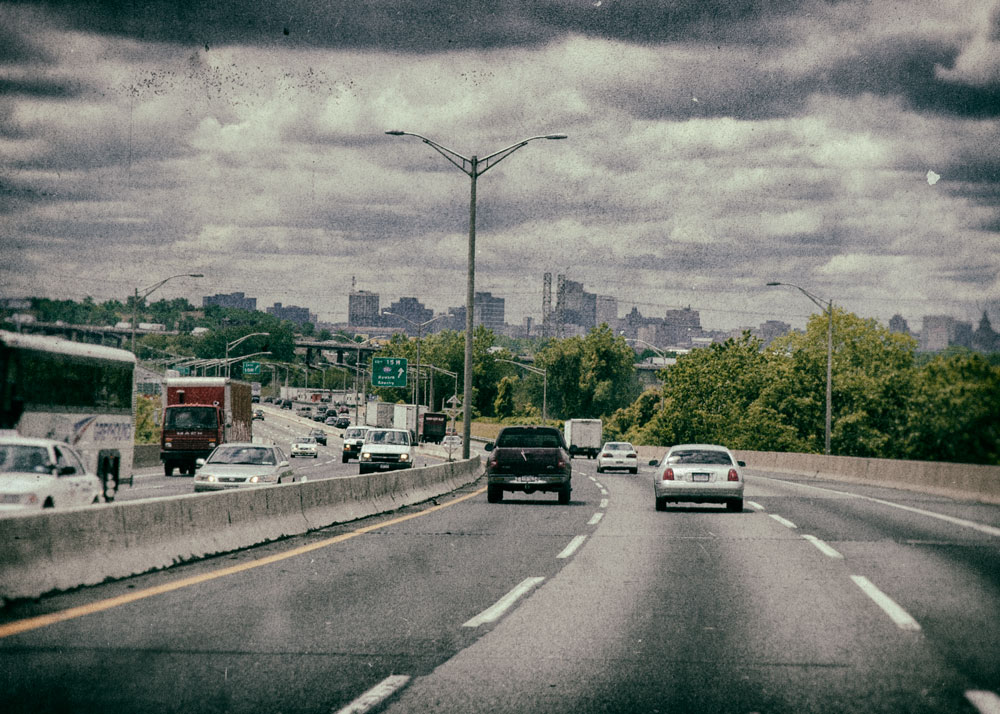
©John P. O’Grady
Originally appeared in The Mountain Eagle on May 7, 2021
